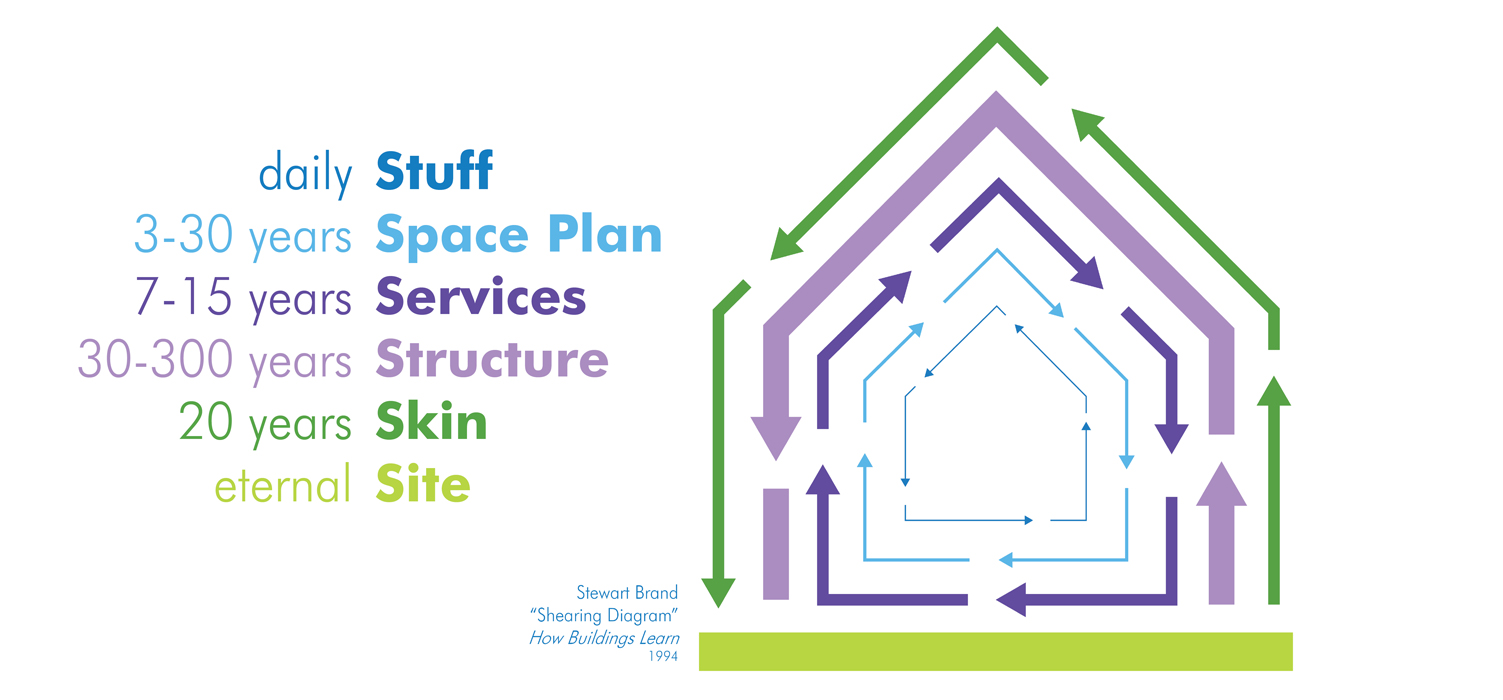How Does Architecture Integrate Principles Of Adaptive Reuse In Buildings?

Adaptive reuse is the process of taking an existing building and transforming it into a new and functional space. This practice is becoming increasingly popular among architects and developers due to its sustainability benefits and cost-effectiveness. In this post, we will take a closer look at what adaptive reuse is, why it's important, and how it's being used in modern architecture.
What is Adaptive Reuse?
As mentioned, adaptive reuse involves taking an existing structure and repurposing it for a different use than it was originally intended. These structures can be anything from historic buildings to old factories, warehouses, or offices. Architects and planners can preserve the building's original features while upgrading the interior to meet modern standards.
Why is Adaptive Reuse Important?
Adaptive reuse is important for several reasons, including:
- Sustainability: Adaptive reuse reduces waste, as existing structures are used instead of tearing them down to build new ones. This practice reduces carbon emissions associated with construction and demolition activities.
- Historical Preservation: Adaptive reuse of historic buildings can help preserve the character and history of a neighborhood or city. It can also help spark an interest in local history and architecture.
- Cost-Effectiveness: It is often cheaper to renovate an existing building than build a new one from scratch. Repurposing an old building can also give new life to a forgotten or underutilized space.
How is Adaptive Reuse Used in Modern Architecture?
Adaptive reuse is being used in modern architecture in a wide range of ways. Here are some examples:
- Residential: Adaptive reuse is used to create unique and affordable housing options. Old industrial buildings can be turned into loft apartments, while old schools or churches can be converted into multi-family residences.
- Commercial: Office buildings that are no longer being used can be transformed into co-working spaces, retail shops, or art galleries. Old warehouses can be turned into trendy retail spaces or restaurants.
- Public Buildings: Adaptive reuse can expand the life of public buildings like libraries or community centers. Renovating these buildings can make them accessible and useful for years to come.
Challenges of Adaptive Reuse
While adaptive reuse is a great practice, it also comes with challenges that need to be addressed.
- Code Compliance: When repurposing an existing structure, compliance with local building codes can be a challenge. Codes may have changed since the building was originally constructed, and architects and builders need to ensure that the new use of the building complies with the current code.
- Structural Issues: The structural integrity of the building may need to be addressed before repurposing it. Some buildings may need extensive repair or reinforcement before they can be adapted for a new use.
- Design Challenges: It can be challenging to find the right balance between preserving the building's historic features while making room for modern design elements that meet the needs of the new use.
Adaptive Reuse Examples
Here are some examples of innovative adaptive reuse projects:
- The High Line: The High Line is a park in New York City built on a former elevated railway line.
- Boston Seaport: The Boston Seaport is a revitalized waterfront area that includes many old warehouse buildings turned into modern shops, offices, and galleries.
- The Armory Art Center: The Armory Art Center in West Palm Beach, Florida, repurposed an old military armory into an art education center.
Frequently Asked Questions
What is the difference between adaptive reuse and renovation?
The main difference is that adaptive reuse transforms a building for a new purpose, while renovation updates an existing building for its original use.
How long does the adaptive reuse process take?
The length of time it takes to complete an adaptive reuse project can vary greatly depending on the size of the building and the complexity of the project. Some projects can be completed in a few months, while others may take several years.
Can any type of building be adapted for reuse?
Most buildings can be adapted for reuse, but the feasibility of the project will depend on several factors, including the building's age, condition, and location.
Is adaptive reuse more expensive than building new?
Adaptive reuse is often less expensive than building new, as the existing structure can be used as a starting point. However, the cost will vary depending on the scope of the project and the condition of the building.
What are some of the environmental benefits of adaptive reuse?
Adaptive reuse reduces waste and carbon emissions associated with construction and demolition activities. Reusing existing buildings also reduces the need for new construction, which can have a significant environmental impact.
What are some of the economic benefits of adaptive reuse?
Adaptive reuse can help revitalize areas of a city or neighborhood that have been neglected or underutilized. It can also create jobs in construction, design, and other related fields.
What are some of the social benefits of adaptive reuse?
Adaptive reuse can preserve community landmarks and create new spaces for cultural and social gatherings. It can also provide unique and affordable housing options for residents.
In conclusion, adaptive reuse is an important practice in modern architecture that helps preserve history, reduce waste, and create new and functional spaces. While it comes with challenges, innovative architects and developers are finding new and creative ways to adapt old buildings for modern use.



Post a Comment for "How Does Architecture Integrate Principles Of Adaptive Reuse In Buildings?"